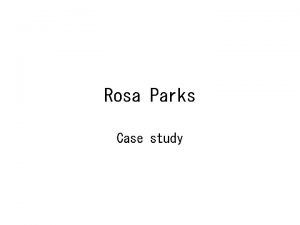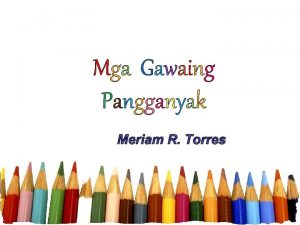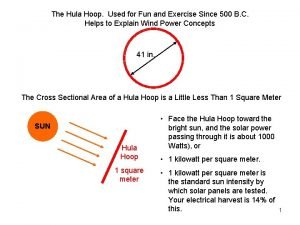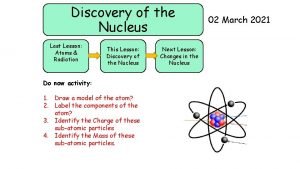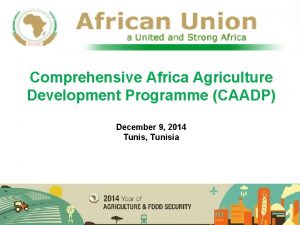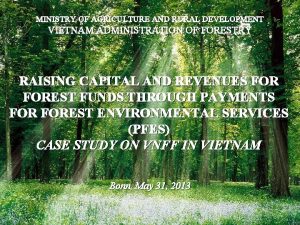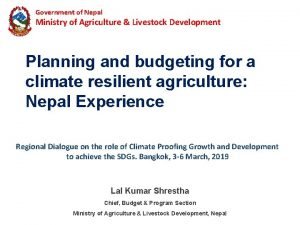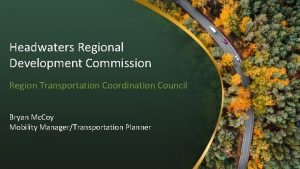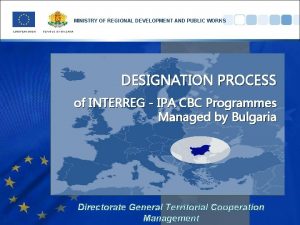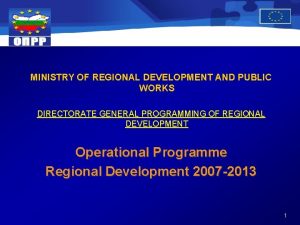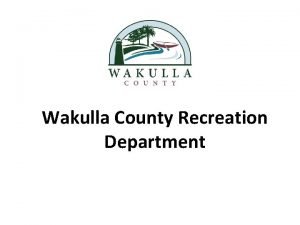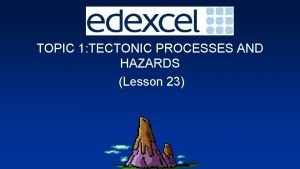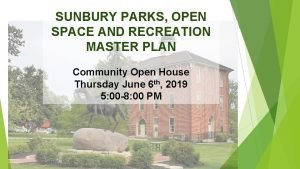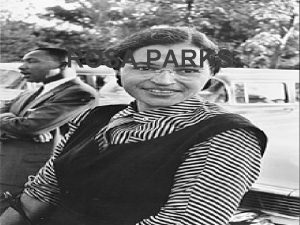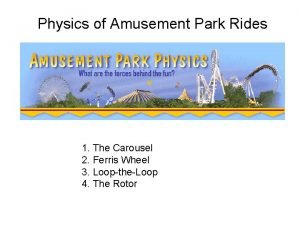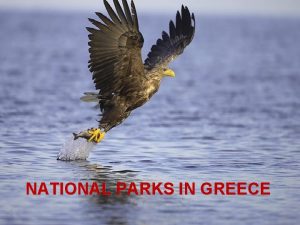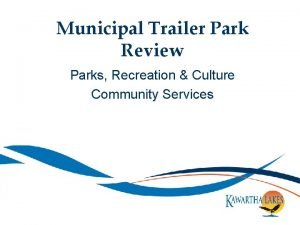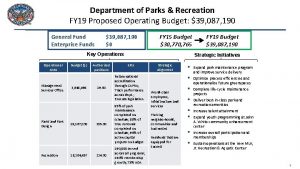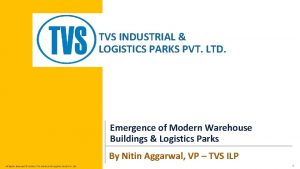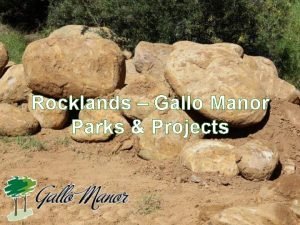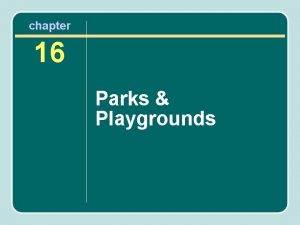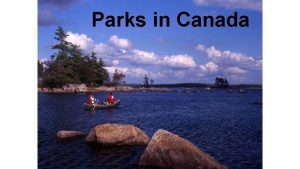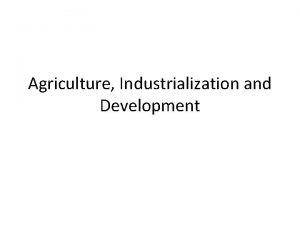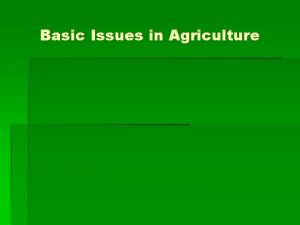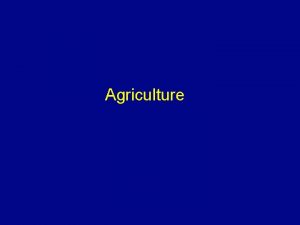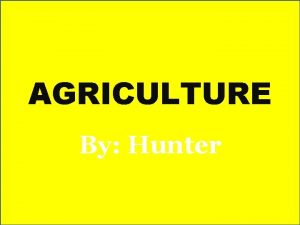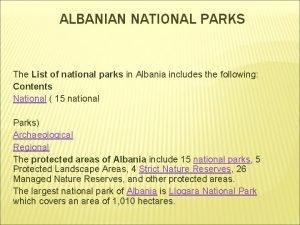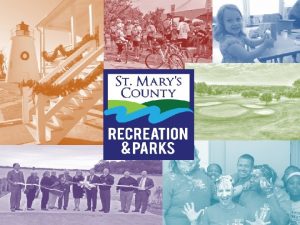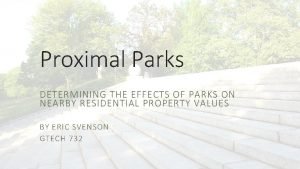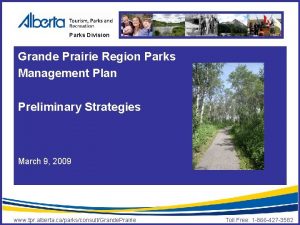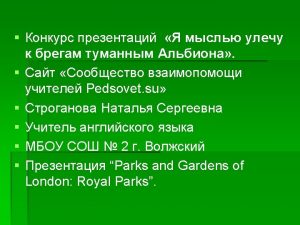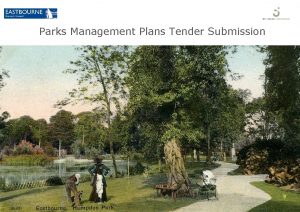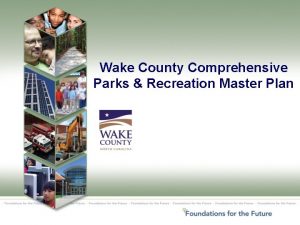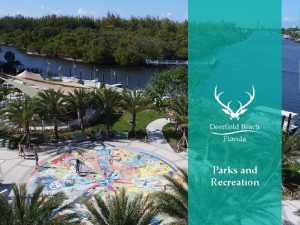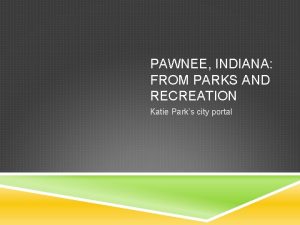Regional Development Agriculture vs Parks Case Study Hula






























- Slides: 30

Regional Development: Agriculture vs. Parks : Case Study, Hula (ISRAEL) Mira G. Baron Faculty of Industrial Engineering and Management Technion-Israel Institute of Technology, Haifa 32000, ISRAEL mbaron@technion. ac. il Submitted in: 5 th Israeli-British/Irish Workshop in Regional Science Ramat Gan, ISRAEL, April 29 -30, 2007 1

The Structure of the Presentation n n Motivation; The dilemma of the Hula (Upper Galilee)agriculture vs. a park; Data; Conclusions. 3

Sustainable Development World Commission on Environment and Development: “development that meets the needs of the present without compromising the ability of future generations to meet their own needs” (WCED, 1987). 4

Case Study: Upper Galilee n n n A concentration of nature reserves, national parks, open spaces, water and agriculture. A growing tourism industry-hotel rooms, zimmers (B&B), restaurants. Tourism is a growing employment provider. 5

The Dilemma in the Region n Is the preferred land use agriculture or parks? How to ensure employment in the region? Parks charge an entrance fee, but the proceeds are relatively low. 6

The Dilemma of the Hula n n n In the 50’s draining a swamp. In the 90’s re-flooding the wetland. The dilemma was between non-profitable agriculture and tourists’ attraction. Can we integrate between agriculture and recreation? What are the revenues for the land owners? What are the social benefits. 7

Biodiversity Loss The drainage resulted in a global loss of seven animal species out of 12 that were endemic. In terms of the region, 119 (20%) species were not recorded in the region after the drainage (Safriel, 1997, pp. 22 -23). 8

n In 1999 we published a forecast for the expected number of visitors in the Agamon, and for revenues. n n n Mira G. Baron, Natalia Zaitsev and Mordechai Shechter, 1999, Expected Recreational Benefits of the Hula Economic Analysis, Haifa: NRERC. The forecast was based on recreationists’ surveys. The Agamon-the recreation attraction was opened in 2004. The forecast referred to the expected revenues; expected consumer surplus, but almost disregarded the regional contribution. 9

n n Evaluating the expected number of visitors. 87% of the visitors to Upper Galilee would like to visit the Hula Project. If the park were opened today, and NIS 30 were charged, 380, 000 visitors may be expected. Due to the expected increase in population and increase in standard of living we expect an annual increase in the number of visitors by 2 - 4% per year. In ten years 460, 000 - 560, 000 visitors are expected, besides overseas ourists. Expected revenues and benefits were calculated assuming NIS 30 person is charged. Since 380, 000 visitors are expected, annual revenues of NIS 11. 4 million are expected in the first year of operation. Under reasonable assumptions, in 25 years of operation a present value in the range of NIS 123 - 323 million may be expected. The expected social benefits were calculated referring to the WTP of interviewees to pay an entrance fee of NIS 30 and higher values. At the first year of operation the benefits are expected to total NIS 14. 1 million. In 25 years of operation, a present value of total benefits in the range of NIS 152 - 400 million may be expected. 10

Expected Number of Visitors Staying in Accommodation Facilities in Different Periods (thousands) 11

Visitors vs. Sites, 1999 -2006 12

Visitors vs. Sites, 1999 -2006 13

Visitors vs. Sites, 2004 -2006 14

Hotels and Zimmers n n n Sefat and Golan districts offer both hotels and ‘zimmers’-bed and breakfast (B&B). In 2004 Sefat sub- District hosted 303, 800 person -nights in B&B, while Sefat and Golan District hotels provided 476, 600 person nights. The occupancy rate in the area is low. In the country in 2005, 23, 600 people were employed in the hotel industry and the revenues $1, 360 million. What is the regional contribution? 15

Rooms in Hotels and Person Nights 16

n n Can we resolve the conflict between agriculture, and parks? Can we use land values to resolve the conflict? Agriculture - a good produced for private use with externalities (both positive and negative). A park - a public good. 17

18

Land Values n n n Land-use is determined by the use with maximum willingness to pay for the land. In residential area the value of land is determined by the demand for housing, commerce, transportation. In industrial land-use the value of land is determined by the profitability in a certain location. The maximal willingness to pay is the profit derived. In agricultural land (as in industry), the value of land is determined by profitability, disregarding externalities. How is the value of land determined in a park? What is the land-use with maximum WTP? 19

Value of Land of a Park (or Open Space) n n In public goods we have a market failure and the price is partial. How to estimate the value? n n n CVM-WTP, WTA: hypothetical behavior. TCM-revealed behavior. HPM-revealed behavior. 20

n n From social perspective: Land value for agriculture=profitability + value of externalities. Land value for open space/park = CVM or TCM or HPM + externalities The maximal value ‘wins’ the land. 21

n Example, TCM (Travel Cost Method) We travel long distances to enjoy a rice field, a lake or a forest, or visit to a park. We deal with a revealed behavior of use-value, not a hypothetical market. 22

Externalities n n According to Coase Theorem the gainers (e. g. , hotel or restaurant owners) have to compensate the land owners of uses that generate externalities to attain a social optimum. An estimate of the externalities: The impact on the region in economic terms-does the land-use generate employment in the region in other industries, i. e. , hotels and/or restaurants? 23

n The use of hotels can teach us on the positive externalities generated by agriculture/open space/parks. 24

25

n n Can we analyze the tourism patterns in various regions, and deduct on the contribution to the tourism industry of agriculture/open space/parks? Probably yes! Can we add the value of externalities to the demand for land? 26

Summary n n We can use CVM, HPM, TCM to estimate the value of open space or parks The stay in hotels and B&B, a complementary good to recreation, can be used in the three land-uses. Analyzing different regions will identify the contribution of each activity. 27

Summary (cont. ) n n How can we resolve the dilemma of the Upper Gaillee and the Hula? Agriculture: calculate the profitability, add the value of externality via contribution to visits in the region and tourism. Deduct negative externalities, i. e. nitrification of land. Park: calculate revenues + consumer surplus + contribution to tourism industry. Divide each value by number of acres, to derive maximal value. 28

n n Integrating the externalities into the value of land might show that parks are more desirable than agriculture, opposite to the result of referring just to revenues. The public perspective has to be concerned with increasing employment opportunities in a region, neglecting it and emphasizing the private perspective is misleading. 29

n Thank You! 30

1. Monetary Valuation Methods and Techniques Hedonic Pricing HPM Travel Cost (abatement cost) Clean-up cost Replacement cost Experts assessment Control cost Stated Preferences methods Health production functions (direct methods) Cost of illness (COI) (indirect methods) Averting behaviour Dose - Response functions labor market Revealed Preferences methods property market Benefit Transfer Contingent Valuation CVM Choice modeling (Conjoint analysis) Choice experiments Contingent ranking Contingent rating Paired comparisons 31
 Rosa parks case study
Rosa parks case study Tosconini
Tosconini Pagbibigay direksyon
Pagbibigay direksyon Hula hoop wind
Hula hoop wind Plum pudding model
Plum pudding model Best case worst case average case
Best case worst case average case Crm failure case study
Crm failure case study Ministry of agriculture and rural development cameroon
Ministry of agriculture and rural development cameroon Agriculture development
Agriculture development Ecotourim
Ecotourim Ministry of agriculture and livestock development nepal
Ministry of agriculture and livestock development nepal Headwaters regional development commission
Headwaters regional development commission Ministry of regional development and public works
Ministry of regional development and public works Ministry of regional development and public works
Ministry of regional development and public works Entrepreneurship and regional development
Entrepreneurship and regional development Wakulla county parks and recreation
Wakulla county parks and recreation Hazard management cycle vs park model
Hazard management cycle vs park model Sunbury parks
Sunbury parks State parks nevada map
State parks nevada map Mother of the modern day civil rights movement
Mother of the modern day civil rights movement Rosa parks
Rosa parks Amusement parks physics
Amusement parks physics National parks in greece
National parks in greece Parks and recreation trailer
Parks and recreation trailer Parks and recreation vision statement examples
Parks and recreation vision statement examples Amanda goodheart parks
Amanda goodheart parks Parks and recreation organizational chart
Parks and recreation organizational chart One software technology park
One software technology park Tvs industrial and logistics parks
Tvs industrial and logistics parks Rosa parks community school
Rosa parks community school Refutation rhetorical definition
Refutation rhetorical definition
